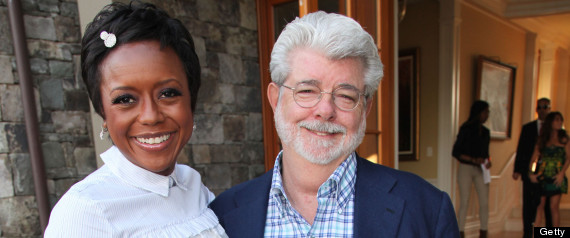
CLERMONT, Fla. (AP) -- As glass broke, the ground shook and lights
went out, vacationers evacuated a central Florida resort building before
a sinkhole caused a section of the villa to partially collapse early
Monday.
About 30 percent of the three-story structure collapsed around 3 a.m.
Monday, Lake County Fire Rescue Battalion Chief Tony Cuellar said, and
another section was sinking.
Witnesses told The Associated Press they could hear a cracking sound
as the villa began sinking. A large crack was visible at the building's
base.
Luis Perez, who was staying at a villa near the sinking one, said he
was in his room when the lights went off around 11:30 p.m. He said he
was on his way to the front desk to report the outage when he saw
firefighters and police outside.
"I started walking toward where they were at and you could see the
building leaning and you could see a big crack at the base of the
building," said Perez, 54, of Berona, N.J.
Maggie Ghamry, a guest at the resort, said that when she first heard
shaking and glass breaking, she thought it might be kids running down
the hall.
"Next
thing I know, people are yelling 'get out of the building, get out of
the building,'" she said in an interview on ABC's "Good Morning
America."
Paul Caldwell, the development's president, said 48 three-story units
are a total loss. The resort has about 900 units spread over a large
area about 10 miles west of Walt Disney World.
He said a window popped in one of the rooms about 10:30 p.m. Sunday. A
woman ran outside and flagged down a security guard, who notified
management. Another window then popped and a decision was made to
immediately evacuate the building, Caldwell said. The process took 10 to
15 minutes, he said.
He said that the resort was built about 15 years ago and had
undergone geologic testing at the time, showing the ground to be stable.
He said that before Sunday, there were no signs that a sinkhole was
developing. He said all the affected guests had been given other rooms.
The sinkhole comes five months after one elsewhere in Florida killed a man.
Monday's sinkhole, which is in the middle of the villa, is about 40
to 50 feet in diameter, Cuellar said. He said authorities think it was
getting deeper but couldn't tell early Monday if it was growing outward.
A nearby villa was also evacuated as a precaution and that there had
been a sign of a gas leak, but the gas had been shut off.
Summer Bay is described on its website as a luxury resort with
condominiums, two-bedroom villas and vacation houses in addition to
standard rooms. The site touts a clubhouse, atrium and poolside bar, and
says the resort is on a secluded 64-acre lake.
Florida has a long, ongoing problem with sinkholes, which cause
millions of dollars in damage in the state annually. On March 1, a
sinkhole underneath a house in Seffner, about 60 miles southwest of the
Summer Bay Resort, swallowed a man who was in his bed. His body was
never recovered.
But such fatalities and injuries are rare, and most sinkholes are small. Sinkholes can develop quickly or slowly over time.
They are caused by Florida's geology -- the state sits on limestone, a
porous rock that easily dissolves in water, with a layer of clay on
top. The clay is thicker in some locations making them even more prone
to sinkholes.
Other states sit atop limestone in a similar way, but Florida has
additional factors like extreme weather, development, aquifer pumping
and construction.
___
Associated Press writer Bernard McGhee in Atlanta contributed to this report.
Lake County Sheriff's Sgt. James Vachon says there's
structural damage and that deputies have been assisting firefighters at
the scene. No injuries have been reported.
Witnesses say they could hear a cracking sound as the villa sank. A large crack was visible at the building's base.
They say two other villas near the collapsing one have also been evacuated.

 Have you ever heard of Benz-onomics? No? It's the theory
that technology developed for luxury automobiles (like Mercedes-Benz)
will, if enough people buy the new tech, trickle down to the mass-market
grocery-runner type vehicles (such as Volkswagen and Chevy).
Have you ever heard of Benz-onomics? No? It's the theory
that technology developed for luxury automobiles (like Mercedes-Benz)
will, if enough people buy the new tech, trickle down to the mass-market
grocery-runner type vehicles (such as Volkswagen and Chevy).

